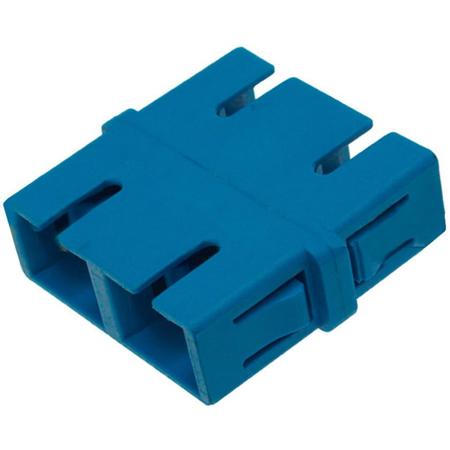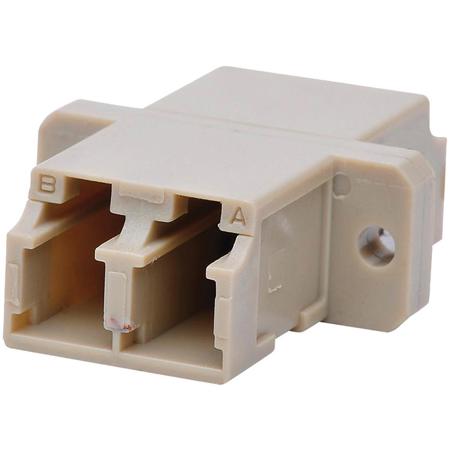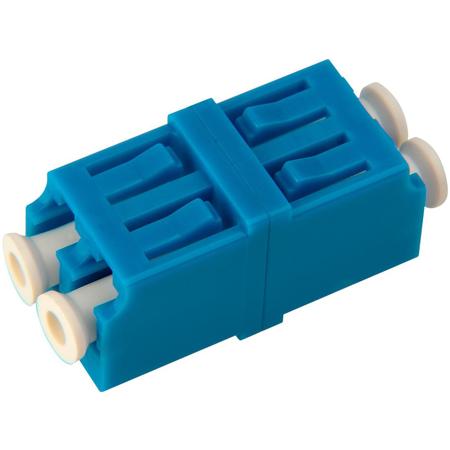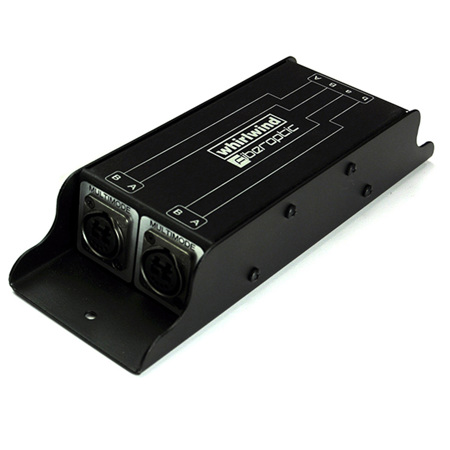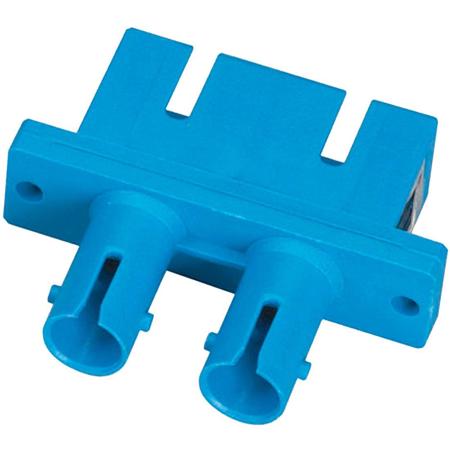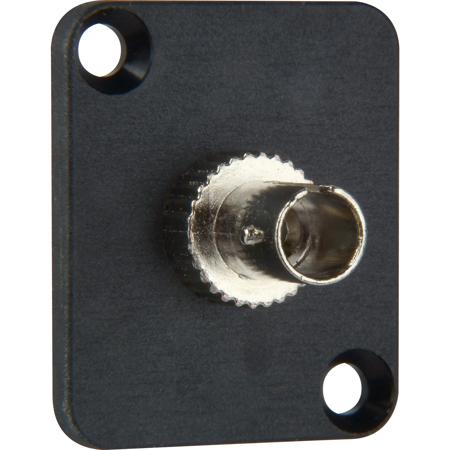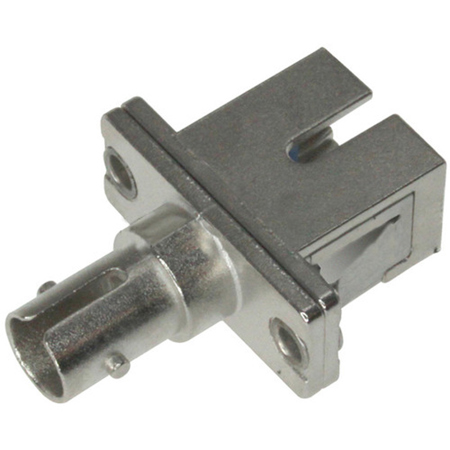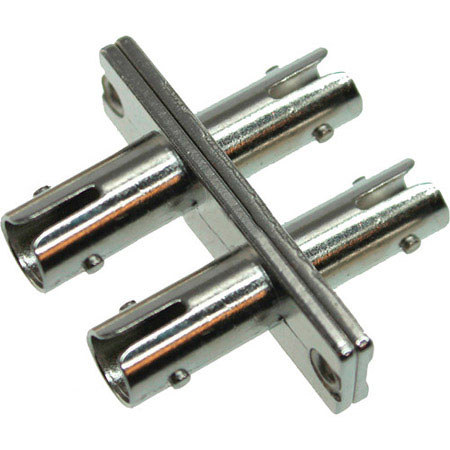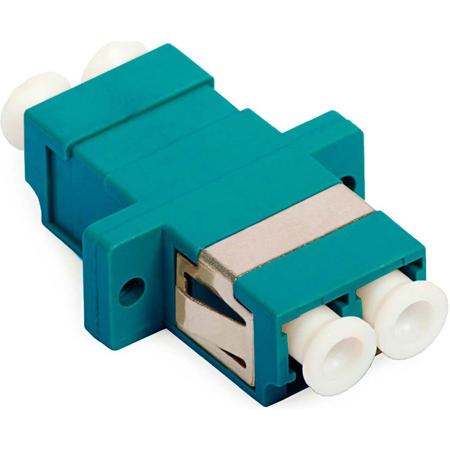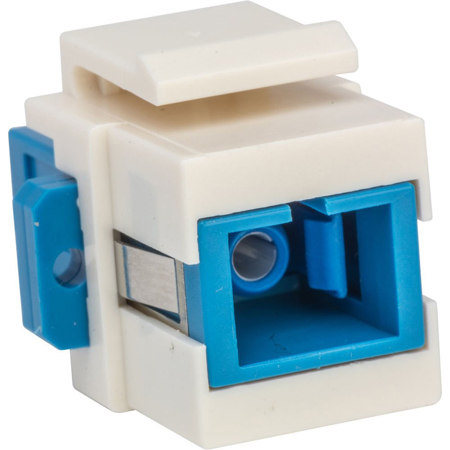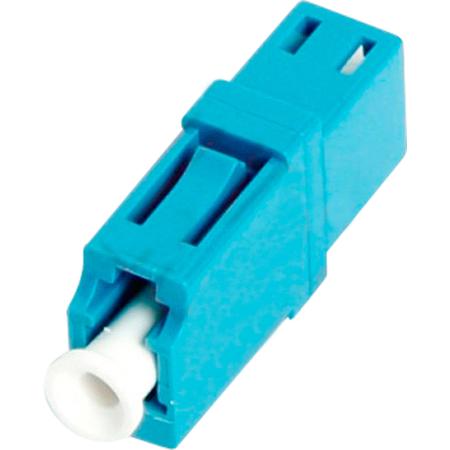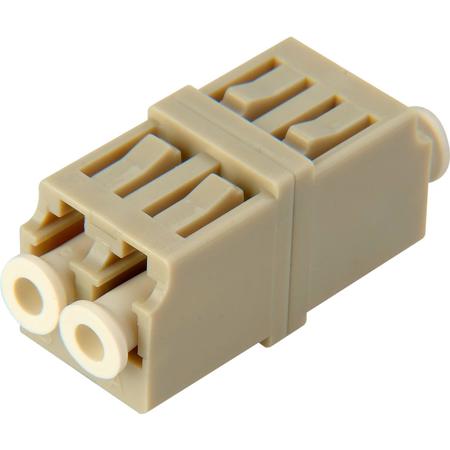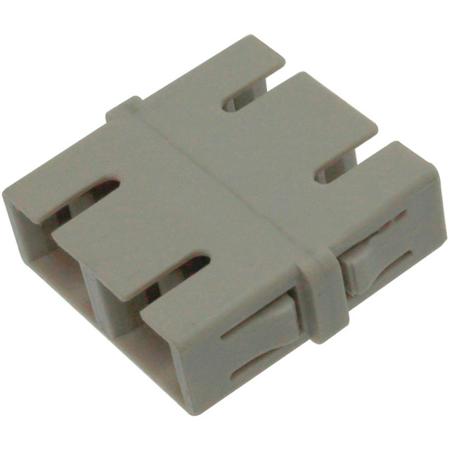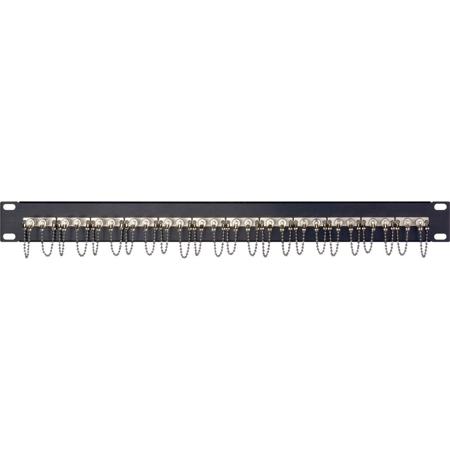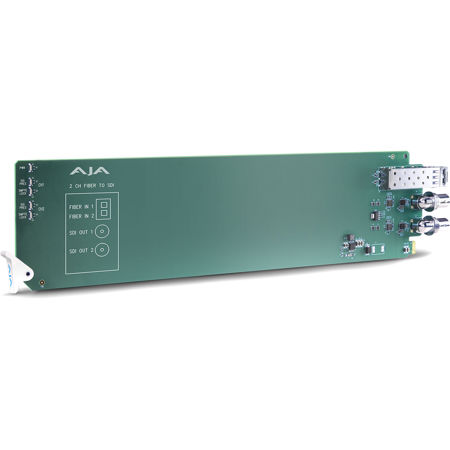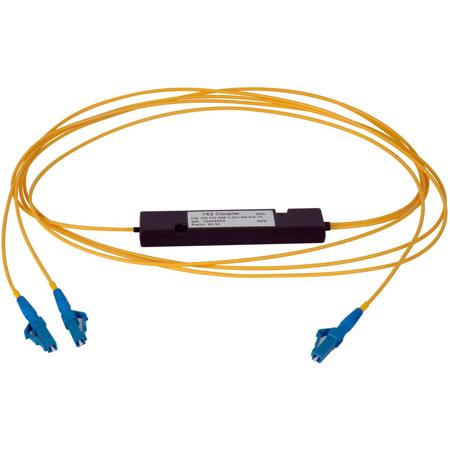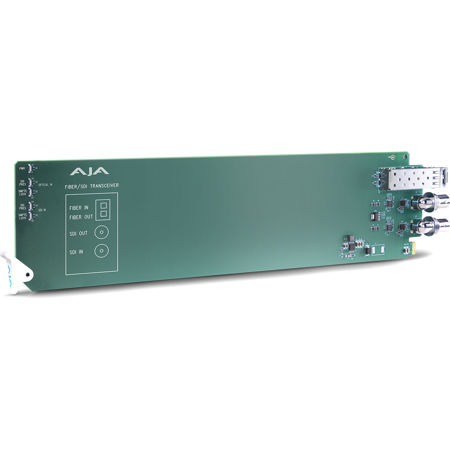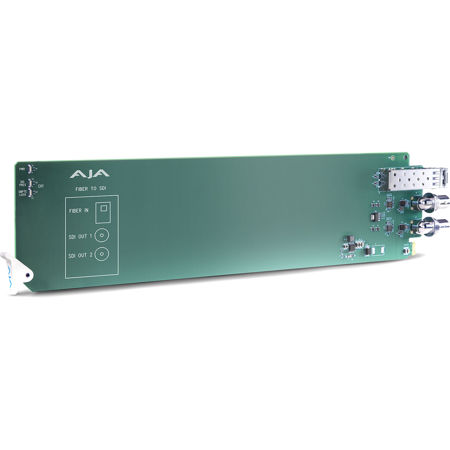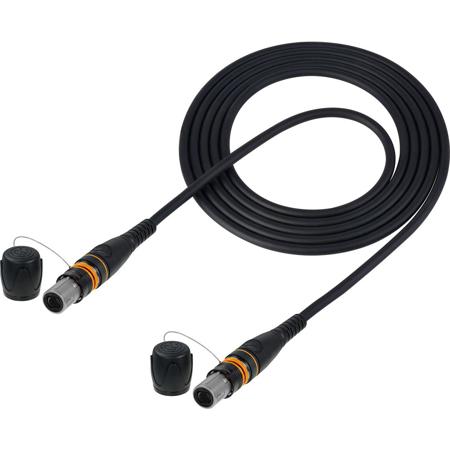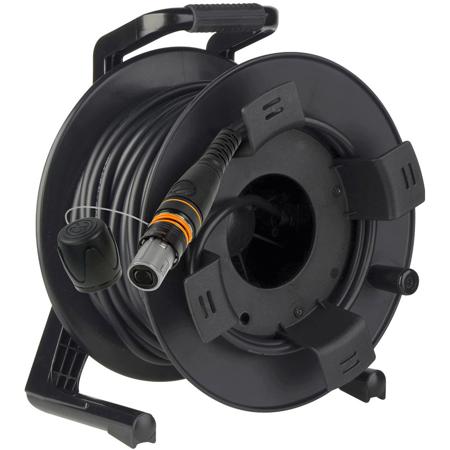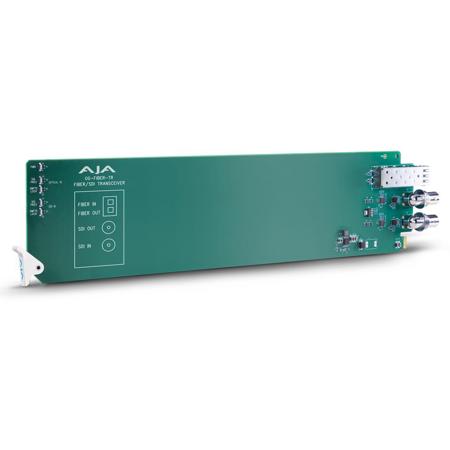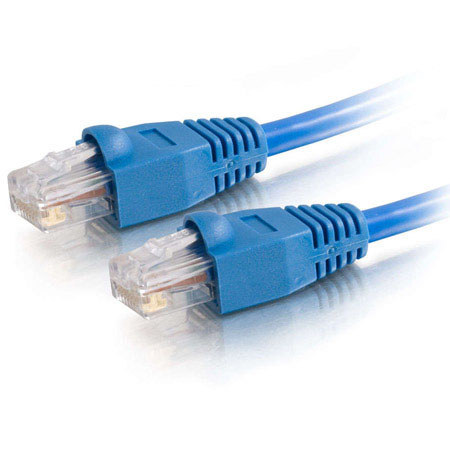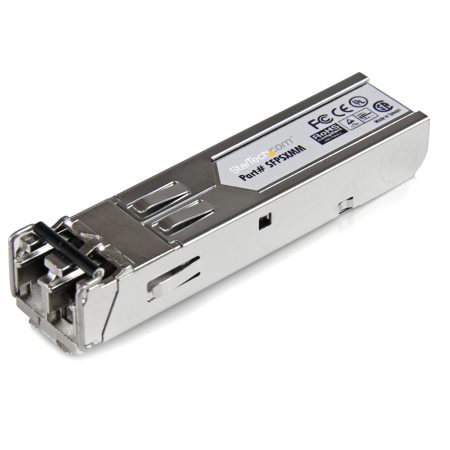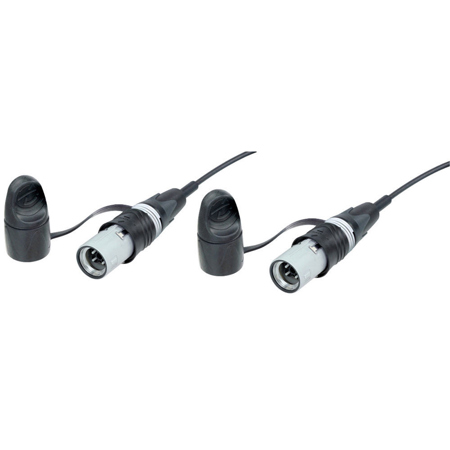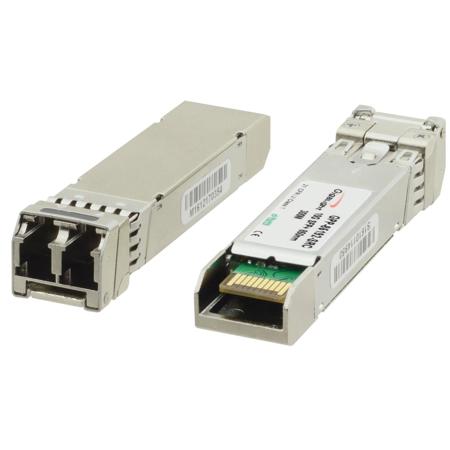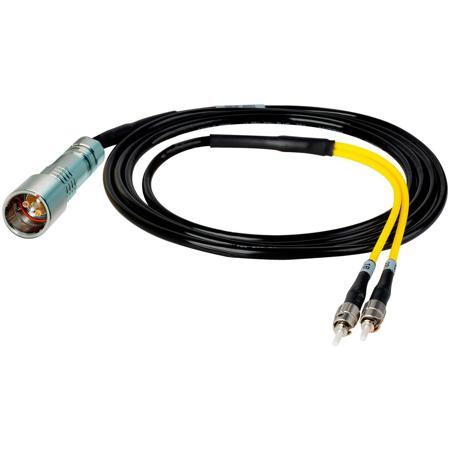Fiber Couplers
In the world of modern connectivity and precision optical work, fiber couplers have become indispensable tools for professionals and enthusiasts alike. As the days grow shorter and the crisp clarity of autumn settles in, many find themselves fine-tuning their studios, labs, or production spaces in preparation for the busy months ahead. Whether you're managing a broadcast studio, building out a telecommunications network, or setting up a high-fidelity audio-visual system, a reliable fiber coupler is often at the heart of seamless data transfer and signal integrity. These devices are designed to connect and split optical fibers, ensuring that light signals can be distributed or combined with minimal loss and maximum efficiency. Their ability to maintain signal strength and clarity across distances makes them crucial for anyone working in fields where every detail matters—think of a live concert engineer ensuring pristine sound, or a researcher transmitting data across a bustling lab.
When shopping for fiber couplers, there are several important considerations to keep in mind. The type of fiber—single-mode or multi-mode—will dictate the kind of coupler you need, as will the specific connectors and the number of channels required. Professionals working in network infrastructure often look for couplers with robust construction, low insertion loss, and high return loss to guarantee optimal performance over time. For those in creative industries, such as video production or stage lighting, the right coupler can mean the difference between a flawless show and an unexpected dropout. Even hobbyists and home tech enthusiasts are discovering the value of quality fiber couplers as they upgrade their home theaters or smart home systems, appreciating the crisp, lag-free experience that fiber optics deliver. With the holiday season on the horizon, these devices also make thoughtful gifts for anyone passionate about technology—imagine the delight of a friend who’s been dreaming of a next-level audio-visual setup, or a colleague eager to streamline their workflow with the latest in optical connectivity.
As fiber optic technology continues to evolve, so too do the options available for coupling and splitting signals. It's worth exploring related solutions like Fiber Optic Splitters to further expand your system's versatility, especially in environments where distributing signals to multiple endpoints is essential. Investing in quality fiber couplers now can set the stage for reliable, high-performance operation throughout the busy months ahead, whether you’re preparing for a season of live events, upgrading your lab’s capabilities, or simply ensuring your home network is ready for anything. The right choice will not only support today’s needs but also provide the flexibility to adapt as your projects and ambitions grow, making fiber couplers a smart addition to any toolkit where precision and reliability are paramount.
When shopping for fiber couplers, there are several important considerations to keep in mind. The type of fiber—single-mode or multi-mode—will dictate the kind of coupler you need, as will the specific connectors and the number of channels required. Professionals working in network infrastructure often look for couplers with robust construction, low insertion loss, and high return loss to guarantee optimal performance over time. For those in creative industries, such as video production or stage lighting, the right coupler can mean the difference between a flawless show and an unexpected dropout. Even hobbyists and home tech enthusiasts are discovering the value of quality fiber couplers as they upgrade their home theaters or smart home systems, appreciating the crisp, lag-free experience that fiber optics deliver. With the holiday season on the horizon, these devices also make thoughtful gifts for anyone passionate about technology—imagine the delight of a friend who’s been dreaming of a next-level audio-visual setup, or a colleague eager to streamline their workflow with the latest in optical connectivity.
As fiber optic technology continues to evolve, so too do the options available for coupling and splitting signals. It's worth exploring related solutions like Fiber Optic Splitters to further expand your system's versatility, especially in environments where distributing signals to multiple endpoints is essential. Investing in quality fiber couplers now can set the stage for reliable, high-performance operation throughout the busy months ahead, whether you’re preparing for a season of live events, upgrading your lab’s capabilities, or simply ensuring your home network is ready for anything. The right choice will not only support today’s needs but also provide the flexibility to adapt as your projects and ambitions grow, making fiber couplers a smart addition to any toolkit where precision and reliability are paramount.
